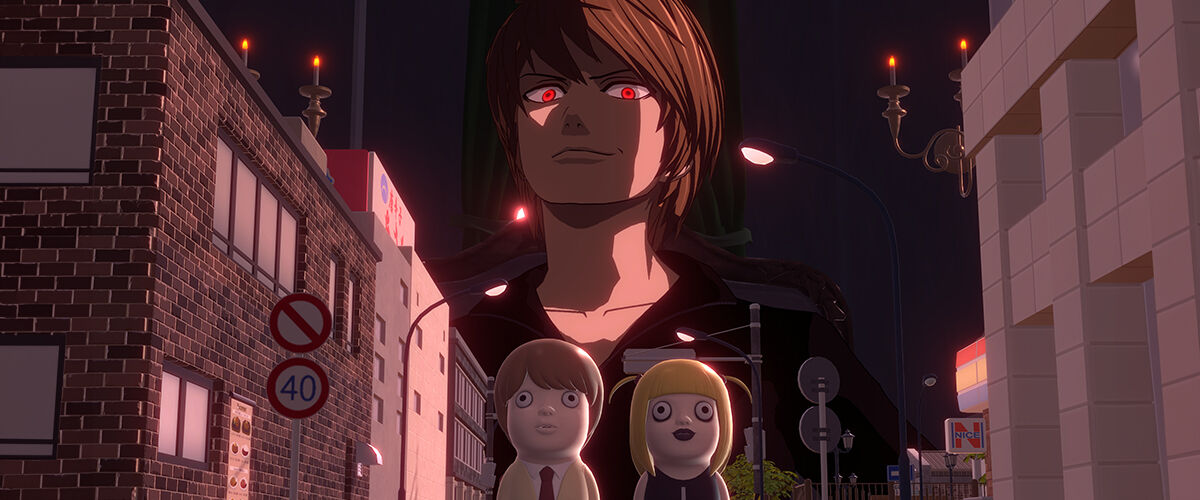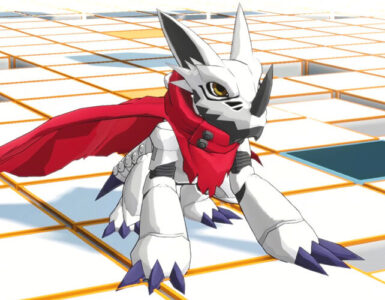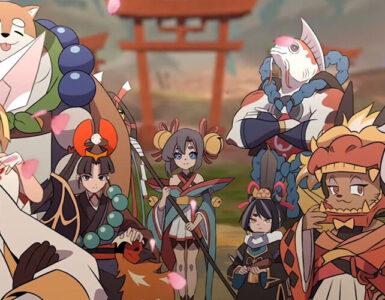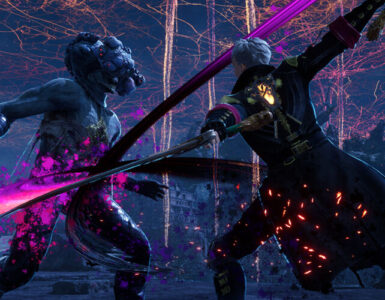Demons, a mysterious notebook and a red apple – what do these items have in common? Anyone who has any experience with animanga will surely recognise their relation to Death Note, the highly popular Japanese manga series written by Tsugumi Ohba and illustrated by Takeshi Obata, which spanned 12 volumes from 2003 to 2006.
Based around a cursed notebook that can kill anyone once that person’s name is written on its pages, the series garnered worldwide acclaim, spawning a 37-episode anime series, 4 Japanese live-action films, an American Netflix adaptation and of course, multiple game spin-offs, the last of which were unfortunately were only released exclusively for the Nintendo DS and only in Japanese. This pattern is about to change though, as developer Grounding Inc. and publisher Bandai Namco Entertainment are set to bring the fan-favourite video game series to a wider gaming audience with the upcoming online social deduction game, Death Note Killer Within.
During an extended hour-long reveal and preview event, the Geek Culture team was able to experience the multiplayer title first-hand, as well as attending a Q-and-A session with game producer Aoba Miyazaki and assistant producer Kishin Okabe, and learning insights into how the team went about adapting such a beloved franchise into its first-ever global game release.
Death Note Killer Within features a deceptively simple concept and operates similarly to werewolf-styled video games such as 2014’s Town of Salem, 2018’s Among Us and 2019’s Project Winter. The general premise of the genre usually revolves around a large group of players working together to uncover an imposter in their midst, solving menial tasks while looking out for suspicious behaviour among their peers. On the other hand, the werewolf, or the general term used to describe the hidden killer or imposter, needs to find a way to eliminate the other team members without being discovered, by employing the use of deceit and clever false accusations to gain an upper hand.

From the get-go, the team knew that they wanted to capitalise on the popularity of social deduction games to reach a wider audience, to match the nature of the animanga series.
“We wanted to create a game that could be enjoyed by a wide range of people, from current fans to those who used to like Death Note, so we began the game development based on the werewolf game, which is a game genre that is both enjoyable and has a wide appeal, and which also allows you to enjoy the psychological warfare that is characteristic of the series.” producer Miyazaki explains.
In the game, up to 10 players are split into two competing teams, mirroring the opposing sides in the Death Note animanga. This consists of Team Kira, made up of Kira himself (the main protagonist of the series who possesses the titular notebook), along with one follower, and Team L, comprising L, a detective hell-bent on capturing and exposing Kira and his team of up to 7 investigators.
Stylised to look like a board game, players take control of customisable board game pieces shaped like finger puppets, a direct reference to the animanga series, presenting a light-hearted touch to the game in juxtaposition with the original’s tense, dark premise. According to Miyazaki, this design choice was intentionally put in place not only to pay homage to its source material but also to provide a more accessible art style for all players to enjoy.
“We first created a default finger puppet avatar based on the finger puppets used by Near in the original anime and manga, creating a design for a deformed character that was well-balanced with the finger puppets and suitable for playing it like a board game,” he notes.
“We also considered an anime style (interpreted as using the actual anime characters), but in the end, we decided on the current design, aiming for a balance between the tension and friendliness of the game, making the judgment scenes have an eerie atmosphere but are also somehow funny.”
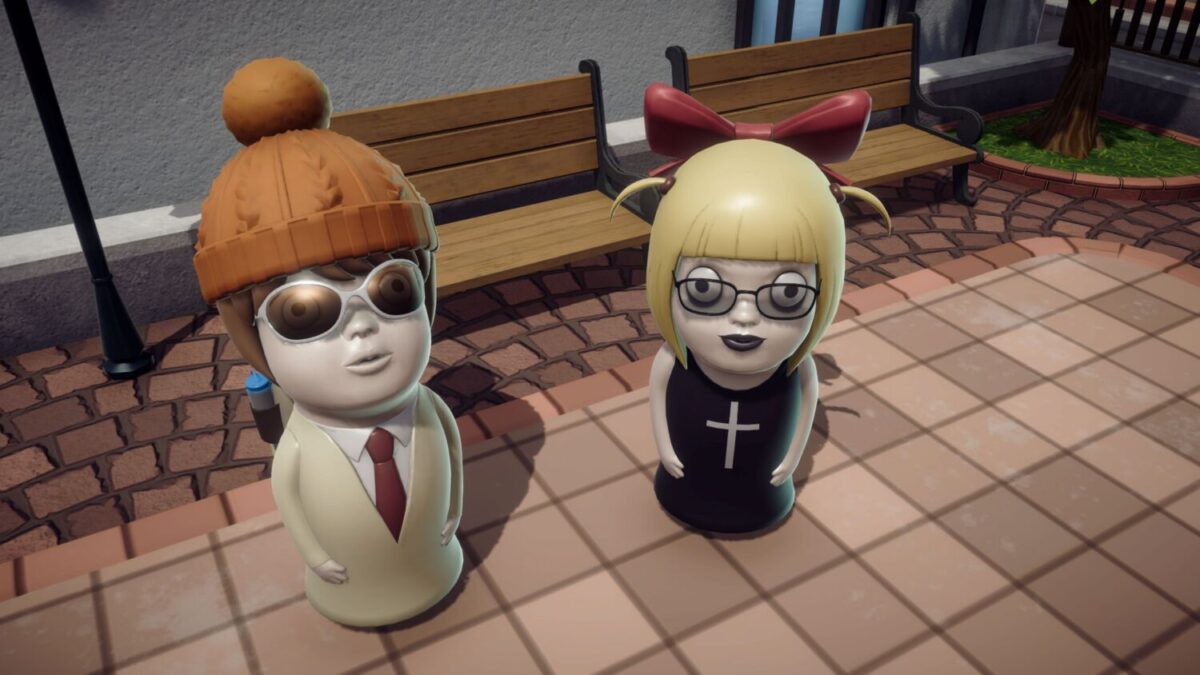
Utilising the Death Note, the goal of Kira and his follower is to identify and eliminate L during the game’s “Action” Phase. To do this, however, they first need to obtain a potential target’s ID card to learn their full name, which is done by simply standing near another player. Once Kira obtains the ID card from a potential target, he can write the name in the Death Note, eliminating the player in question via a hilariously goofy cutscene. By correctly identifying and disposing of L, Team Kira will be able to clinch victory.
This is where the game’s tense moments come into play, with players on the opposing team needing to remain constantly vigilant about their surroundings and the people around them, as although the game warns players that their ID card is in danger of being stolen when someone approaches, it doesn’t reveal the actual outcome until the gameplay phase ends.
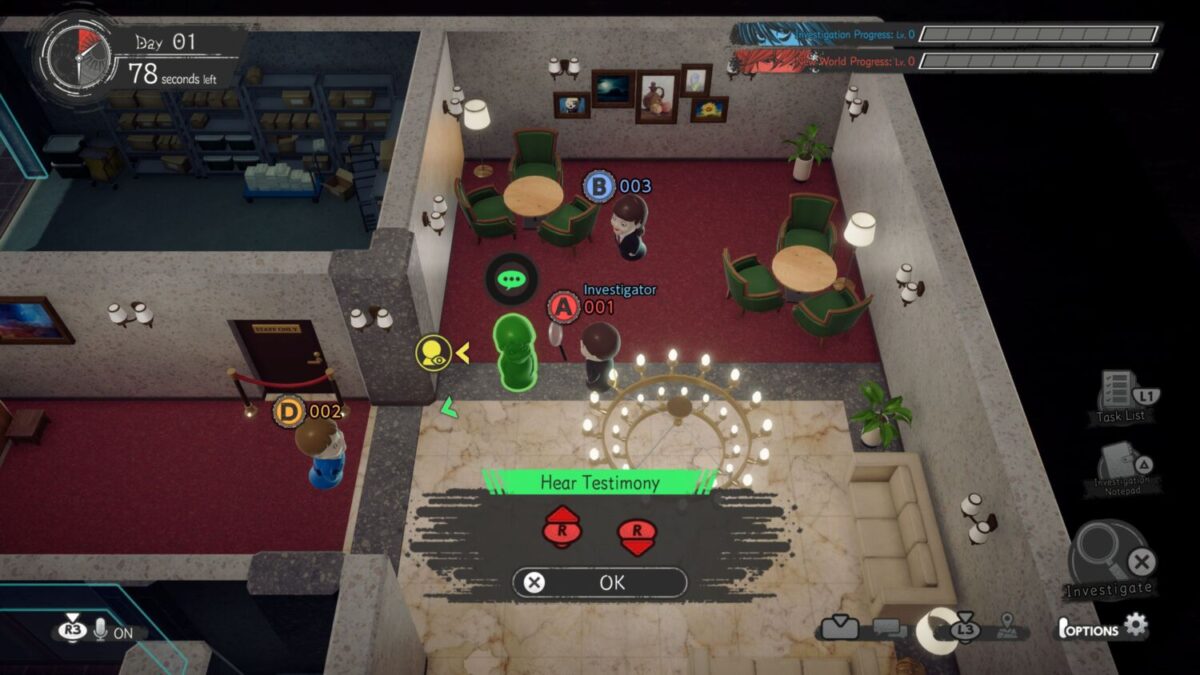
On the flip side, L must work with his team of investigators to uncover the two hidden foes among them, completing tasks strewn across the game map to raise the Investigation Progress gauge to 100. As Team L will not specifically know who amongst them is a friend or foe, they will need to be on a constant lookout and raise any suspicious behaviour at the end of the phase.
Once the Action Phase ends, the game moves to its “Meeting” Phase, a recurring feature in the genre where players openly discuss who they think the werewolf is (in this case, identifying Kira and his follower). L’s team of investigators can voice out any suspicions of relevant information they have, and vote on a player they suspect is Kira, with L himself needing to decide on who to arrest.
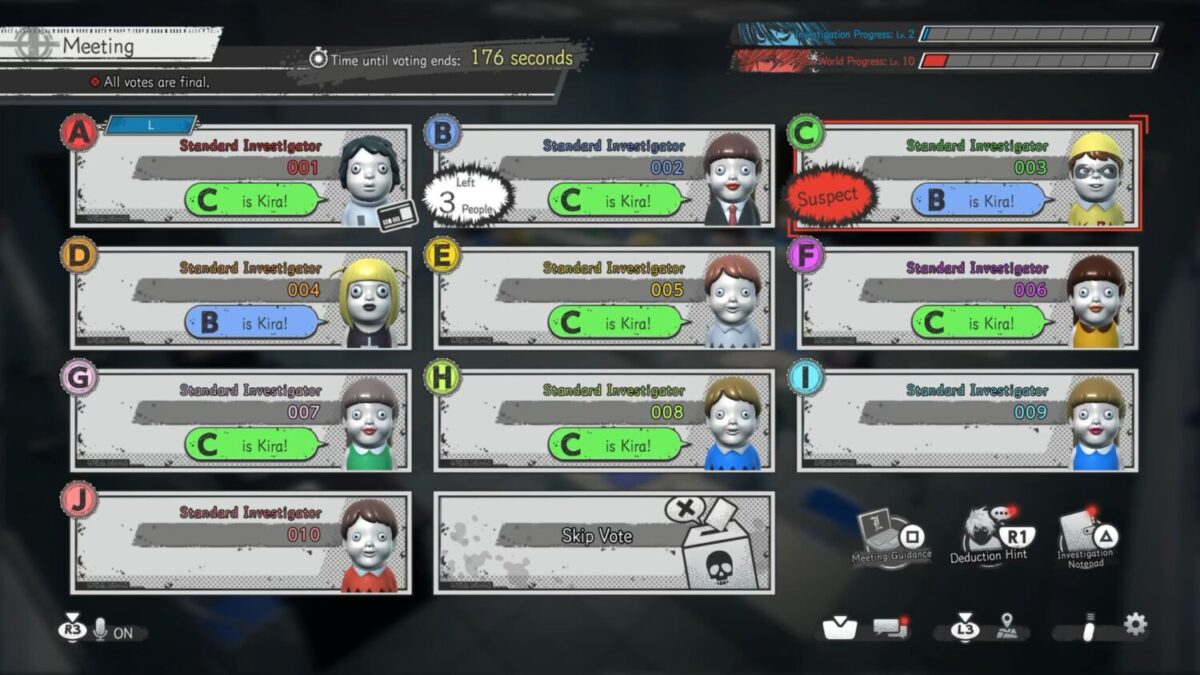
Kira’s team on the other hand will need to make use of deception and redirection to shift blame away from themselves, as Kira’s arrest would lead to victory for the opposing team. The team isn’t entirely defenceless, however, as in line with series lore, whoever holds the Death Note will take on the role of Kira, meaning any Kira player who feels like they might be suspected can pass the notebook to the follower during the Action Phase, making the receiver the new Kira, sacrificing themselves during the Meeting Phase to ensure the team gets another chance of victory.
Passing items between members of Team Kira presents its own set of dangers though, as this action needs to be done physically in-game, and if the follower wants to pass their stolen ID card to Kira, or receive the Death Note, they would need to meet up strategically to avoid arousing suspicion from nearby investigators.
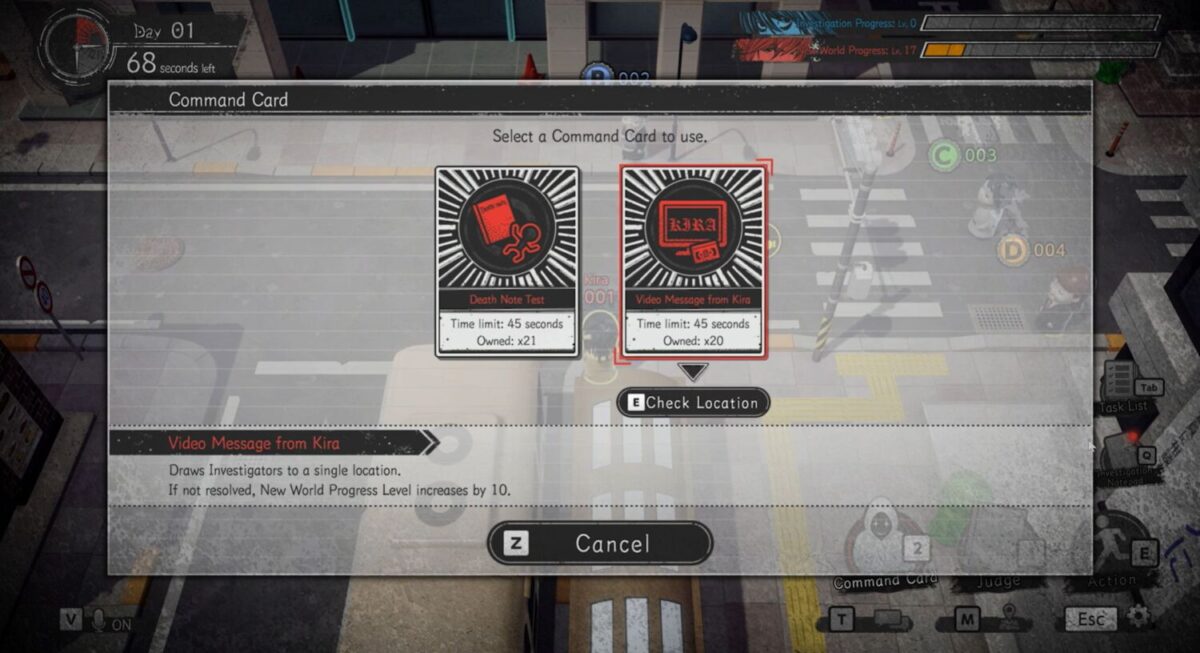
To mix gameplay up, both team leaders Kira and L have access to unique Command Cards, special abilities that can tip the scales in their favour. These cards have a variety of uses to support each side’s objective, such as laying down surveillance cameras as L to catch potential object hand-offs in the act; deploying a decoy target for Kira to wrongly eliminate, or releasing video messages as Kira. This requires investigators to resolve within a certain time, and while resolving, their view will be blocked with a cutscene in the process, allowing Kira and his follower to steal their ID cards.
In a game like this, balance is important to ensure an enjoyable gameplay experience for both sides. While the title supports up to 10 players (2 versus 8), the game also allows for a minimum of 4 players to start a match, offering a rather large disparity when it comes to the range of players on each side. As a result, the team put in a considerable amount of effort to make sure that each side is sufficiently equipped to stand a fighting chance, no matter how many investigators are in a single game.
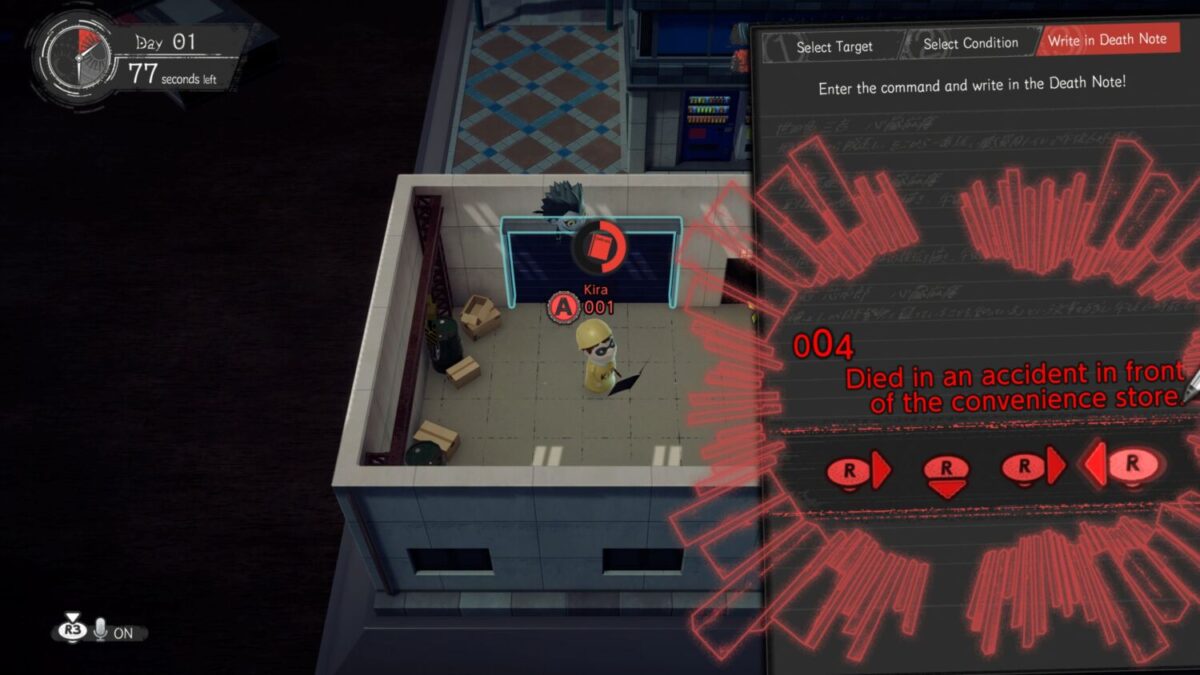
“The current specifications were decided after repeated test plays by the development team, taking into account the win rate and balance,” explains Miyazaki. “As the number of players increases, so does the number of investigators, so if someone in Team L has information about who is on the same team, the killer’s side will be at a huge disadvantage.”
“For this reason, Kira and the Kira follower are in a small team, so from the start they can see each other. On the other hand, Team L can use the Command Card “Vindicating Evidence”, or give investigation instructions and see how things turn out, and can also determine who is part of the team as part of their reasoning. That’s how we balanced the game in its current form.”

For the most part, this does seem to be the case, as during our preview, we were only able to play in groups of four, dividing the teams into duos on each side. Although this might seem like an advantage for Kira, as he only has two potential targets to choose from, this also meant that it was far easier for investigators to identify suspicious behaviour due to the map not being filled with unknown variables in the form of players. Admittedly, matches did seem to pass by relatively quickly when playing in small teams due to fewer potential targets for both sides, and one can hope that the developers will add non-player bots down the line just to fill up the map and increase the challenge, especially for smaller groups.
As with any multiplayer game, no matter the genre, longevity is a key factor to ensure that potential players can reliably find matches to join. To this end, the team hopes to keep the player experience fresh by adding customisation tracks, a battle pass-styled system where players can earn a choice of cosmetic options by levelling up across matches. These elements allow for the player’s avatar to be customised with seven categories of items, from hats and clothing to even floating companion “pets”.
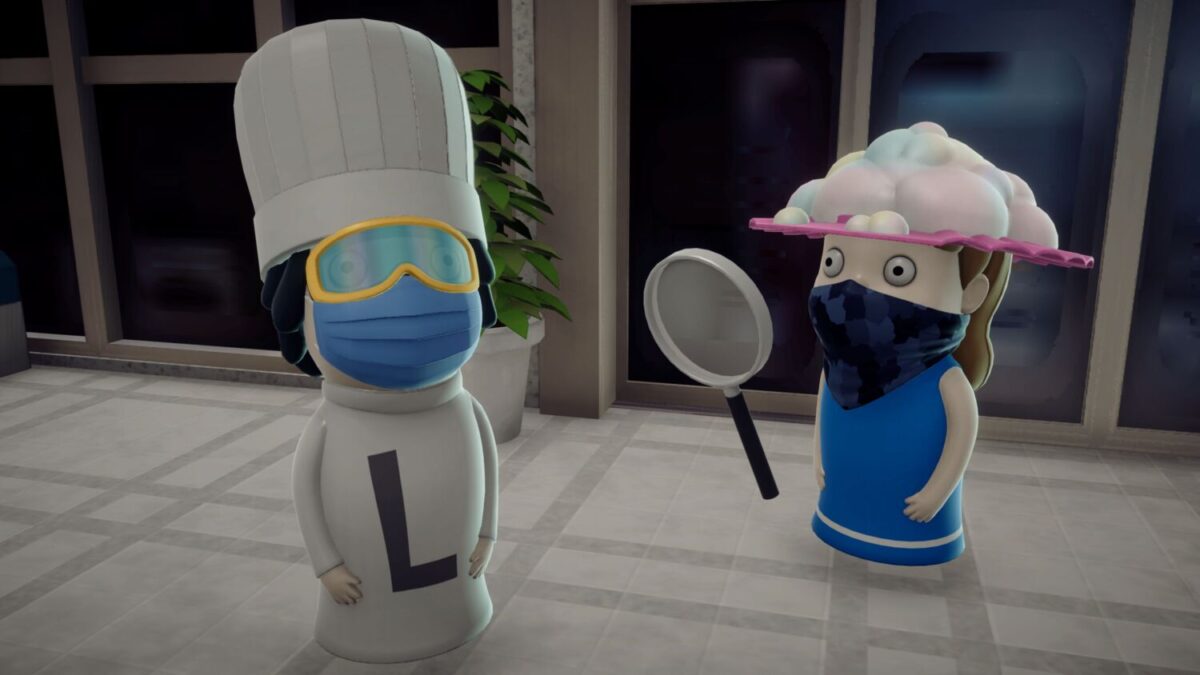
For assistant producer Okabe, playing around with the game’s myriad cosmetic items was one of his personal favourite parts about the title. “You can customize your avatar to your liking, whether you want a cool-looking avatar, a cute avatar, or an avatar that makes you giggle, and whichever you choose will look great at key points during the game,” he describes.
“When we playtest within the development team, we can’t help but smile when we see interesting customisations in the justice and arrest animations. Some of the avatars that we sell as DLC have special motions, and seeing them in-game personally raises my spirits.”
Unfortunately, it does seem like some of these tracks will be locked behind a paywall, as with so many battle passes nowadays, which is quite a shame for players who do not wish to shell out their hard-earned cash for digital cosmetics. Additionally, with only a single map and game mode so far, it’s difficult to say if the game will be able to retain players’ interest in the long run.
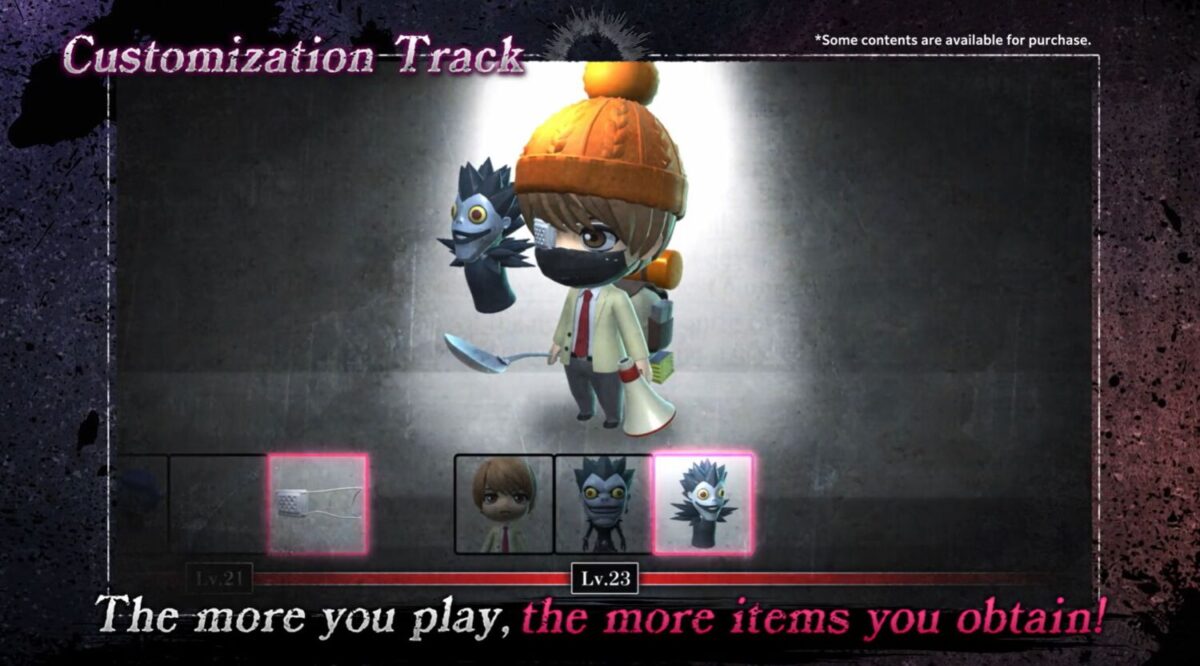
Ensuring the title’s longevity is therefore up to the developers, and fortunately, it seems that the team is well aware of this concern, and will actively take steps upon release to provide a lasting gameplay experience for players.
“We are constantly discussing various bargaining ideas with the development team based on the world view of Death Note, and we plan to check how users play the game and their requests after the service starts,” Miyazaki concludes.
Death Note Killer Within is set to launch on 5 November 2024 on the PS5 and PS4, and on 6 November 2024 on PC via Steam.

